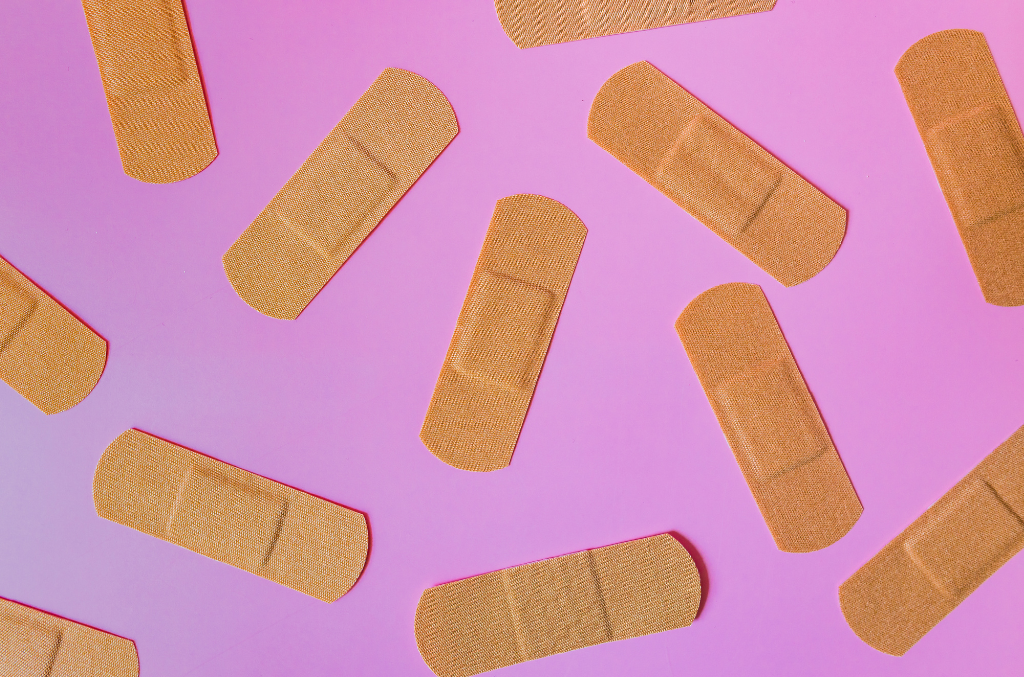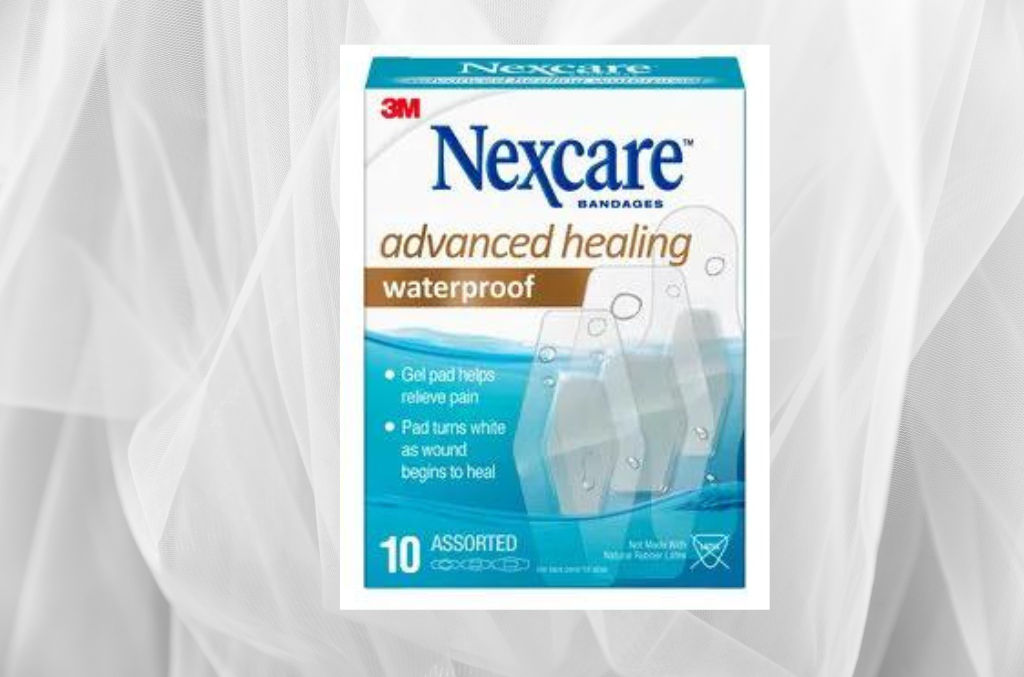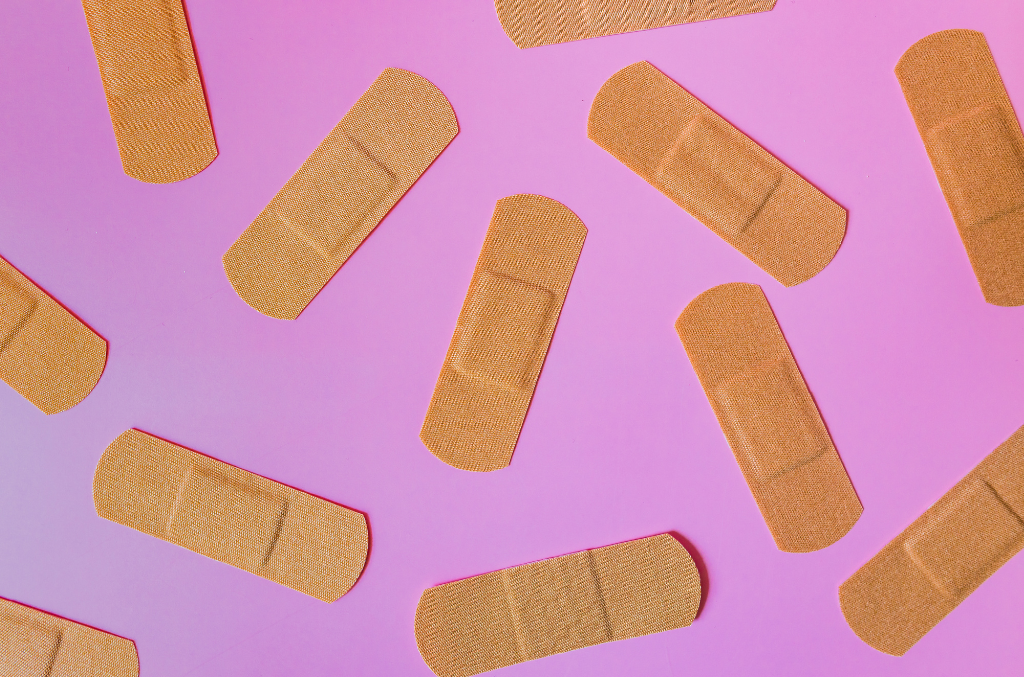Adhesive Bandages
The Comprehensive Guide to Adhesive Bandages
Adhesive bandages might seem like a simple product, but their importance in our everyday life cannot be overstated. This small, sticky strip of material has saved countless lives by preventing infections and promoting healing of minor wounds. Whether you’re a parent tending to a child’s scraped knee, a worker in a busy factory, or a healthcare professional in a bustling hospital, adhesive bandages are an essential part of your toolkit.
They are often the first line of defense against potential infections, protecting open wounds from dirt and bacteria. Moreover, they provide a conducive environment for the wound to heal, accelerating the body’s natural healing process. In addition, adhesive bandages can also be used to secure dressings or medical devices, like catheters, in place.
In This Article
A Brief History of the Adhesive Bandage
The adhesive bandage, as we know it today, has a rich and fascinating history. The first commercially available adhesive bandage was introduced by Johnson & Johnson in 1920 under the brand name Band-Aid. The idea was conceived by Earle Dickson, an employee of Johnson & Johnson, who created the prototype to help his wife, who frequently cut herself while cooking.
The original bandages were handmade and didn’t catch on until the 1950s when automated manufacturing made it possible to produce them in large quantities. Over the years, the design and materials used in adhesive bandages have evolved significantly, offering a wider range of options to cater to different needs and preferences. Today, adhesive bandages are a ubiquitous presence in first aid kits around the world.
Understanding Different Types of Adhesive Bandages

Adhesive bandages come in a wide range of types and styles, each designed to cater to specific needs and situations. Let’s delve into the most common types you’re likely to encounter.
Fabric Bandages: Tough and Flexible
Fabric bandages are renowned for their durability and flexibility. They are made from woven fabric material that can stretch and conform to the body’s movements. This makes them an excellent choice for covering wounds on areas that move or bend frequently, like knees and elbows. They are also breathable, allowing air to reach the wound and promote healing.
Plastic Bandages: Waterproof and Durable
Plastic bandages offer a waterproof solution for wound protection. They are made from plastic or polyethylene material that effectively shields the wound from water and dirt, making them ideal for use during bathing, swimming, or in wet working conditions. Plastic bandages are also lightweight and less likely to fray compared to fabric bandages.
Specialty Bandages: From Knuckle to Butterfly
Specialty bandages are designed for specific applications or types of wounds. For instance, knuckle bandages and fingertip bandages have a unique shape to fit comfortably on these tricky areas. Butterfly bandages, on the other hand, are used for holding the two sides of a small, shallow cut together to promote healing and minimize scarring. There are also blister bandages, which provide cushioning to prevent further irritation, and liquid bandages that form a waterproof seal over the wound.
The Science Behind Adhesive Bandages
An adhesive bandage may seem simple, but there’s a lot of science involved in its design and function. Let’s take a closer look at how these everyday items work.
Anatomy of an Adhesive Bandage: Backing, Pad, and Adhesive
Every adhesive bandage consists of three main parts: the backing, the pad, and the adhesive. The backing is usually made of plastic, fabric, or metal, and it serves as the outer layer of the bandage. Its primary role is to protect the wound from external contaminants.
The pad, or dressing, is located in the center of the bandage. It’s typically made from a soft, absorbent material that can soak up any blood or pus that seeps out from the wound. The pad also helps to cushion the wound, providing comfort and protection.
The adhesive is the sticky substance on either side of the pad that adheres to the skin. It keeps the bandage firmly in place, ensuring the pad stays over the wound for optimal healing.
How Adhesive Bandages Promote Healing
Adhesive bandages play a crucial role in the wound healing process. First, they protect the wound from dirt, bacteria, and other potential sources of infection. By maintaining a clean environment, they allow the body’s natural healing process to proceed without interruption.
Second, adhesive bandages help to keep the wound moist. Contrary to popular belief, wounds heal faster in a moist environment because it facilitates the movement of cells involved in the healing process. The pad of the adhesive bandage absorbs excess wound fluid but retains enough to maintain a moist healing environment.
Finally, adhesive bandages provide mechanical protection, shielding the wound from friction, knocks, and other physical damage. They also offer psychological reassurance, giving people confidence that their wound is protected as they go about their daily activities.
Industry Applications of Adhesive Bandages
Adhesive bandages have wide-ranging applications across various industries. Let’s look at how they’re used in some key sectors.
Manufacturing and Distribution: Safety First
In manufacturing and distribution environments, safety is paramount. Workers often handle heavy machinery, sharp tools, and raw materials, making them prone to minor cuts and scrapes. Adhesive bandages are essential in these settings to provide immediate first aid, preventing minor injuries from escalating into serious infections.
Healthcare: From Wound Care to Surgery
In healthcare facilities, adhesive bandages are used in various contexts. They are often used post-surgery to cover small incisions, helping to prevent infection and promote healing. Nurses and doctors also use them in routine wound care, while specialty bandages, like butterfly bandages, can be used to close small wounds without stitches.
Education: A Must-Have in Every School’s First Aid Kit
Schools are another place where adhesive bandages are in high demand. With children prone to minor injuries from falls or scrapes during play, adhesive bandages are a must-have item in every school’s first aid kit. They provide immediate wound protection and are easy for teachers and school nurses to apply.
Building Services: Quick Fixes for Minor Injuries
For building services and construction workers, adhesive bandages provide a quick fix for minor injuries on the job. Whether it’s a scrape from rough materials or a small cut from a utility knife, adhesive bandages allow workers to quickly protect the wound and get back to work. They also help meet occupational health and safety requirements for workplace first aid supplies.
Tips for Choosing the Right Adhesive Bandage
Choosing the right adhesive bandage for your needs can make a significant difference in wound healing and comfort. Here are some factors to consider when selecting an adhesive bandage.
Assessing Your Needs: Coverage, Comfort, and Practicality
Before choosing an adhesive bandage, assess the size and location of your wound. Smaller cuts and scrapes can be covered with standard-sized bandages, while larger wounds may require bandages with a larger pad. For wounds on joints or areas with a lot of movement, flexible fabric bandages can provide better coverage and comfort.
Consider your daily activities as well. If you’re likely to come into contact with water or dirt, a waterproof plastic bandage might be a better fit. If you have sensitive skin, opt for hypoallergenic bandages to prevent skin irritation.
Factors to Consider: Material, Size, and Design
The material of the bandage can influence its flexibility, breathability, and water-resistance. Fabric bandages offer flexibility and breathability, while plastic bandages provide excellent water resistance. There are also special materials like hydrocolloid, which can help to speed up the healing process.
The size of the bandage is another important factor. The pad should be large enough to cover the entire wound, while the adhesive part should securely stick to the skin without covering the wound.
Lastly, the design of the bandage can also be a consideration, especially for children. Fun and colorful designs can make the healing process a little more enjoyable for kids.
Remember, the best adhesive bandage is the one that fits your specific needs and promotes healing in the most comfortable and efficient way.
Proper Usage and Maintenance of Adhesive Bandages
Understanding how to properly use and maintain adhesive bandages is crucial for effective wound healing. Here are some tips to get the most out of your adhesive bandages.
Applying an Adhesive Bandage: Step-By-Step
- Before applying an adhesive bandage, clean the wound with mild soap and water to remove any dirt or bacteria. Pat it dry gently with a clean towel.
- Open the bandage packaging without touching the pad or the adhesive parts to prevent contamination.
- Place the pad over the wound, making sure it completely covers the area. The adhesive parts should stick to the skin around the wound, not on the wound itself.
- Press the adhesive parts firmly against the skin for secure attachment.
When to Replace Your Adhesive Bandage
Adhesive bandages should be replaced daily or whenever they become wet or dirty. This helps to maintain a clean environment for the wound to heal. If the wound is still bleeding after the bandage is applied, replace it as soon as it becomes saturated.
Proper Disposal of Used Adhesive Bandages
Used adhesive bandages should be disposed of properly to prevent the spread of bacteria. Wrap the used bandage in a piece of tissue or paper before throwing it in a trash bin. Never flush used adhesive bandages down the toilet as they can cause blockages.
Remember, adhesive bandages are designed for one-time use. Reusing an adhesive bandage can lead to infection as it may carry bacteria from the previous wound. Always use a fresh bandage when needed.
Regulatory Aspects of Adhesive Bandages
Adhesive bandages, like other medical devices, are subject to regulations to ensure their safety and effectiveness. These regulations vary by country, but two commonly referenced standards are those established by the United States Food and Drug Administration (FDA) and the International Organization for Standardization (ISO).
Adhesive Bandages as Medical Devices: FDA Regulations
In the United States, adhesive bandages are classified as Class I medical devices by the FDA, the lowest risk category. Manufacturers must register their establishment, list their devices, manufacture according to a quality system, and file device reports when necessary.
While most Class I devices are exempt from premarket notification, adhesive bandages that make antimicrobial or similar claims may require 510(k) premarket notification. This involves demonstrating that the device is substantially equivalent to another legally marketed device.
Understanding the Standards: ISO and ANSI
At an international level, ISO standards apply. The ISO 13485 standard outlines requirements for a quality management system where an organization needs to demonstrate its ability to provide medical devices and related services that consistently meet customer and applicable regulatory requirements.
In addition, the American National Standards Institute (ANSI) has established minimum performance requirements for adhesive bandages in the ANSI/ISEA Z308.1-2015 standard for minimum requirements for workplace first aid kits and supplies.
These regulatory standards ensure that adhesive bandages are safe and effective for their intended use, providing assurance to both healthcare professionals and the general public.
Different Brands of Adhesive Bandages
There are numerous brands of adhesive bandages available on the market, each offering a range of products to cater to different needs. Here’s a look at three of the most recognized brands in the industry.
Band-Aid: The Trusted Name in Wound Care
Band-Aid is likely the first name that comes to mind when you think of adhesive bandages. Invented by Johnson & Johnson in 1920, Band-Aid has become a household name worldwide. They offer a wide variety of bandages, from their classic plastic strips to fabric bandages, waterproof options, and even bandages featuring popular characters for kids.
Nexcare: Innovation and Variety from 3M

Nexcare, a brand by 3M, is known for its innovative and high-quality adhesive bandages. They offer products designed for specific needs, such as waterproof bandages, blister bandages, and skin crack care. Nexcare bandages are widely used in healthcare settings and are also available for consumer purchase.
Curad: Medical-Grade Care at Home
Curad offers a range of medical-grade products designed for home use. Their adhesive bandages come in various types, including fabric, plastic, and even antibacterial bandages. They also offer specialty bandages, including knuckle, fingertip, and spot bandages.
Each of these brands provides quality options for wound care. When choosing, consider your specific needs and preferences to find the best adhesive bandage for you.
Summary
The Lasting Impact of the Humble Adhesive Bandage
The adhesive bandage, though simple in design, plays a vital role in everyday life and across industries. From the school nurse’s office to the high-paced environment of a manufacturing plant, adhesive bandages provide an essential first line of defense against infections and promote the healing of minor wounds. They are a testament to the impact that seemingly simple inventions can have on our health and well-being.
Looking Towards the Future: New Developments in Adhesive Bandages
As we look to the future, technological advancements promise exciting developments in the world of adhesive bandages. From bandages that change color to signal infection, to those that deliver medication directly to the wound, the humble adhesive bandage continues to evolve.
However, despite these leaps in innovation, the primary function of adhesive bandages remains the same: to protect wounds, prevent infection, and promote healing. As long as these needs exist, adhesive bandages will continue to be a staple in our first aid kits and a crucial component in our journey towards health and healing.
Frequently Asked Questions (FAQ)
At IP Products, we offer a wide range of Adhesive Bandages to meet your needs. Browse our collection today and find the perfect Adhesive Bandages for your job. We are dedicated to quality, customer satisfaction, and fast shipping.

